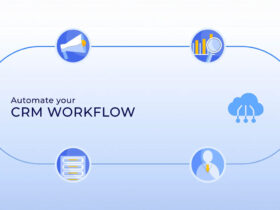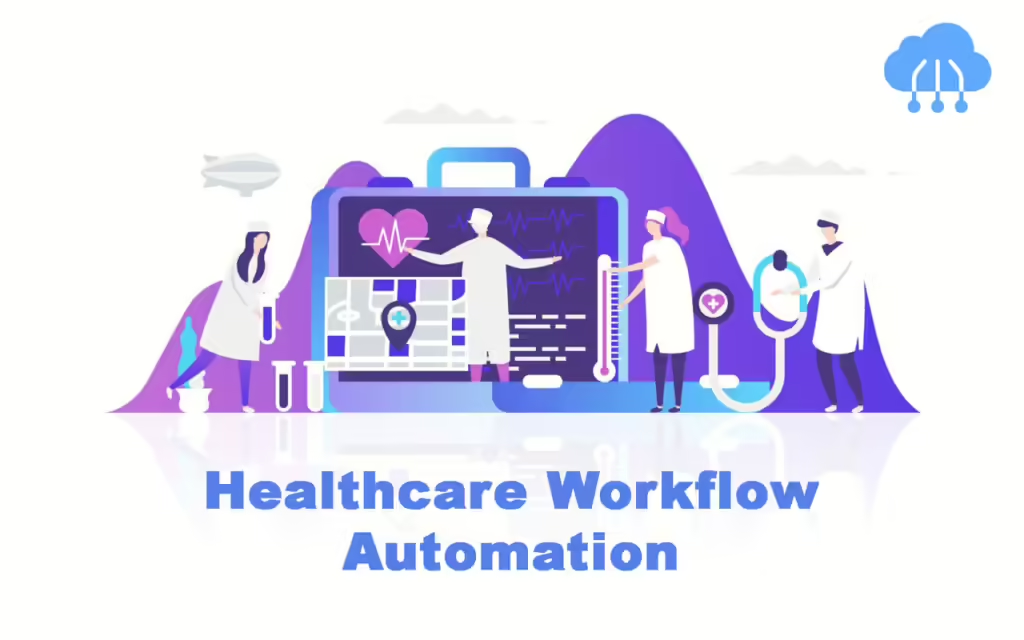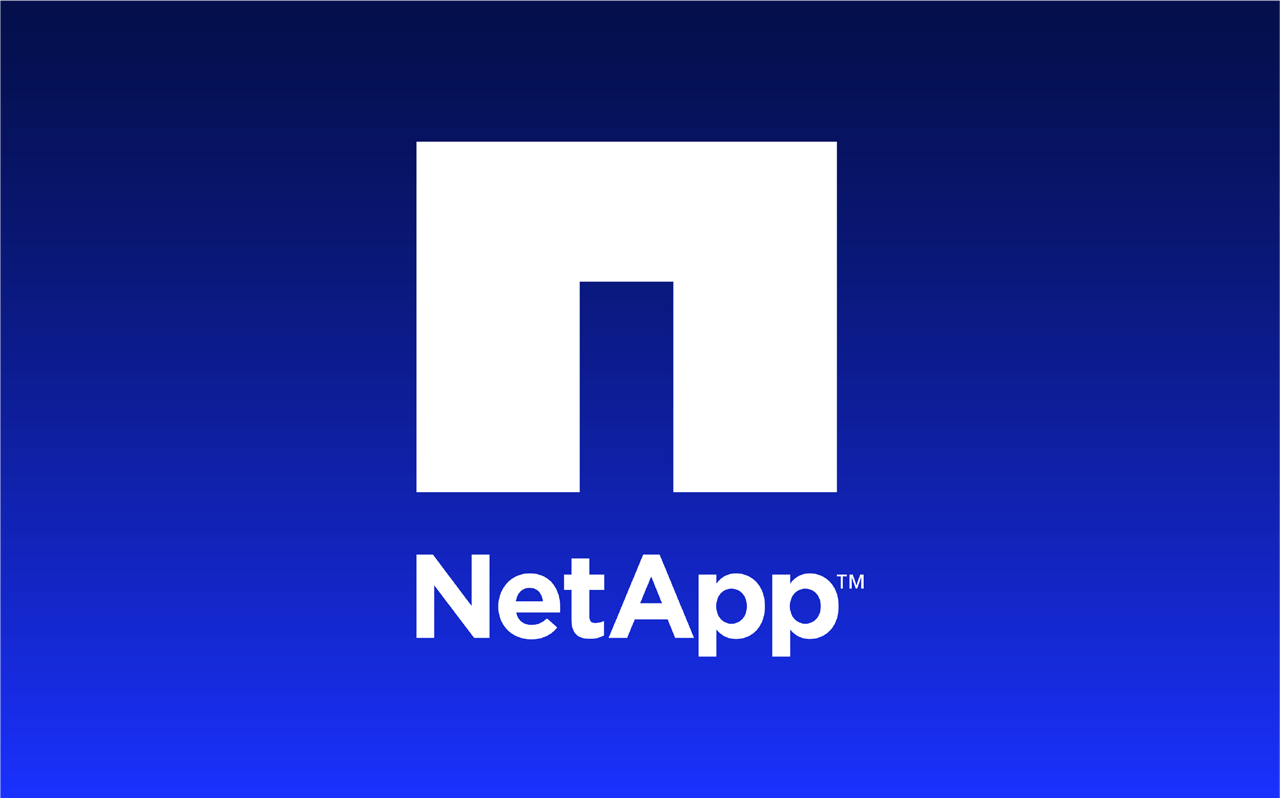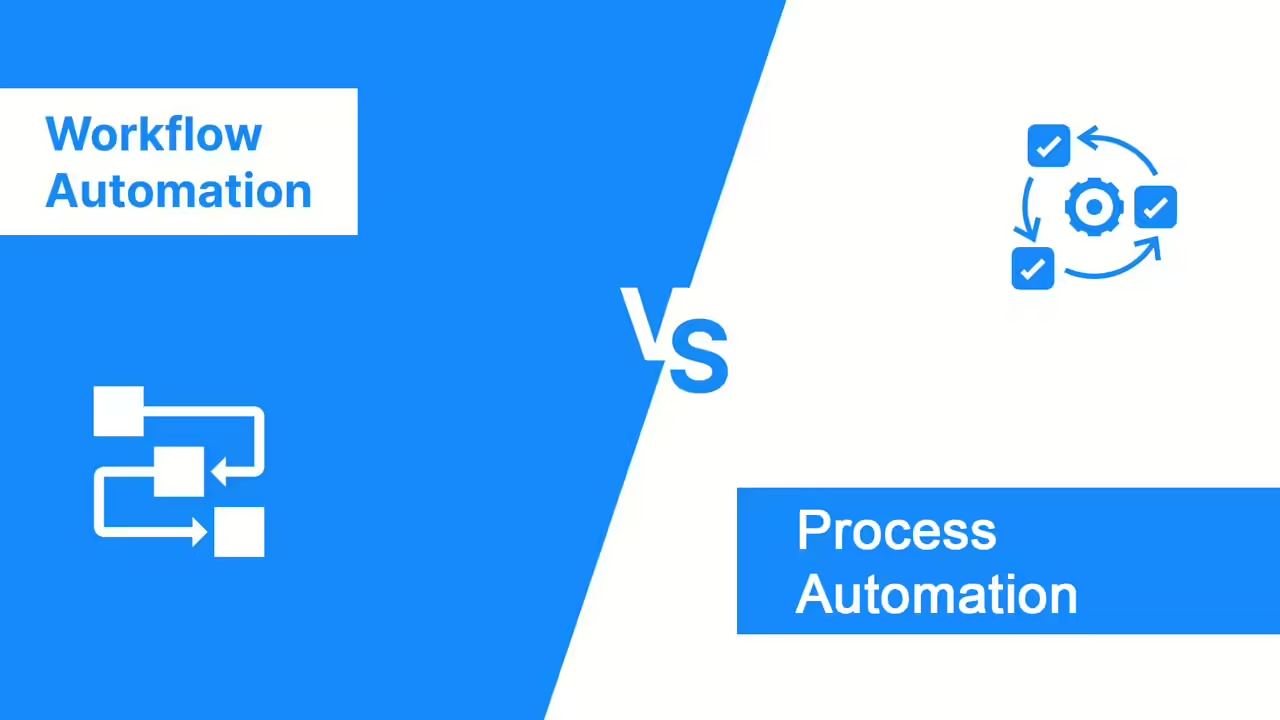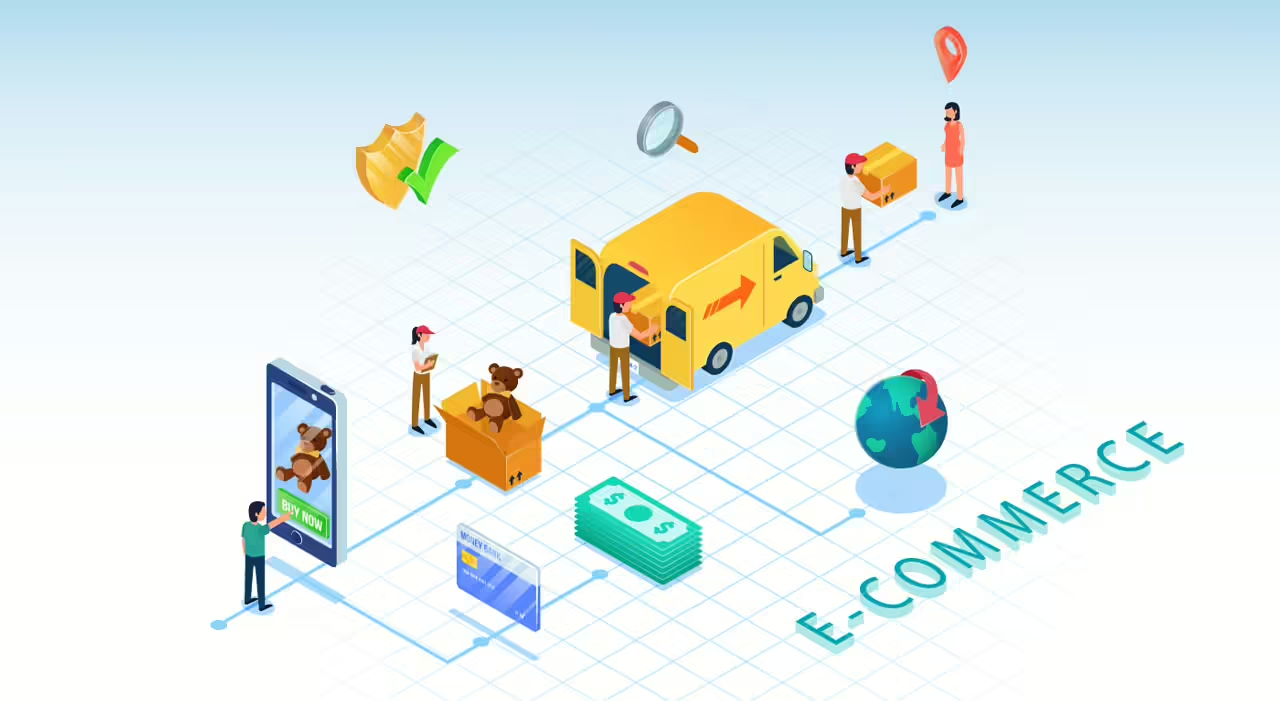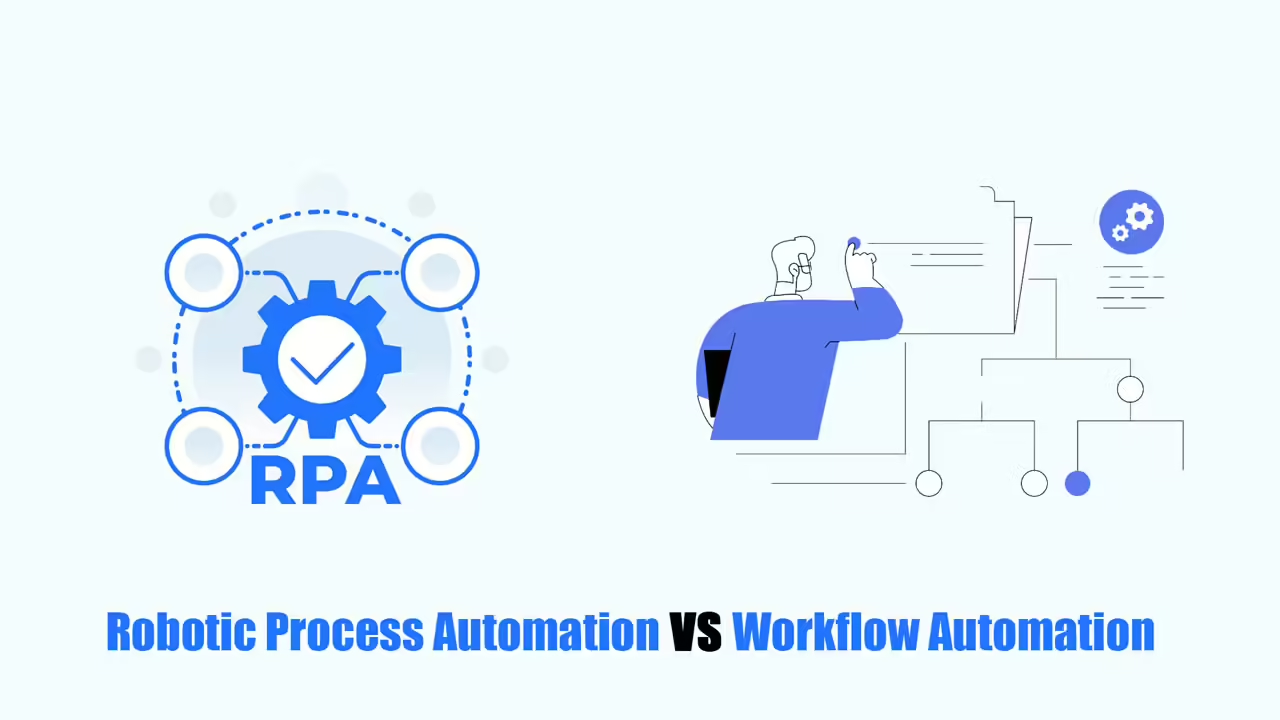Almost all hospitals use lots of paper for different things: signing up new patients, writing prescriptions, making medical reports, dealing with insurance, admitting emergencies, and keeping private patient records. These things are reasons why you should learn about healthcare workflow automation.
Hospitals have many tasks that are done over and over again, like answering questions at the help desk or making staff schedules. These tasks can be written down as steps to follow, and we call this a workflow.
All of this paper is important for the hospital to run every day, but it’s a pain. It slows things down, causes mistakes, and makes it take longer to get things done. It’s hard to keep track of all the paper, and it costs a lot to manage. Plus, hospitals have to keep these files very safe to follow the rules. Luckily, healthcare workflow automation can help you solve them.
What is Healthcare Workflow Automation?
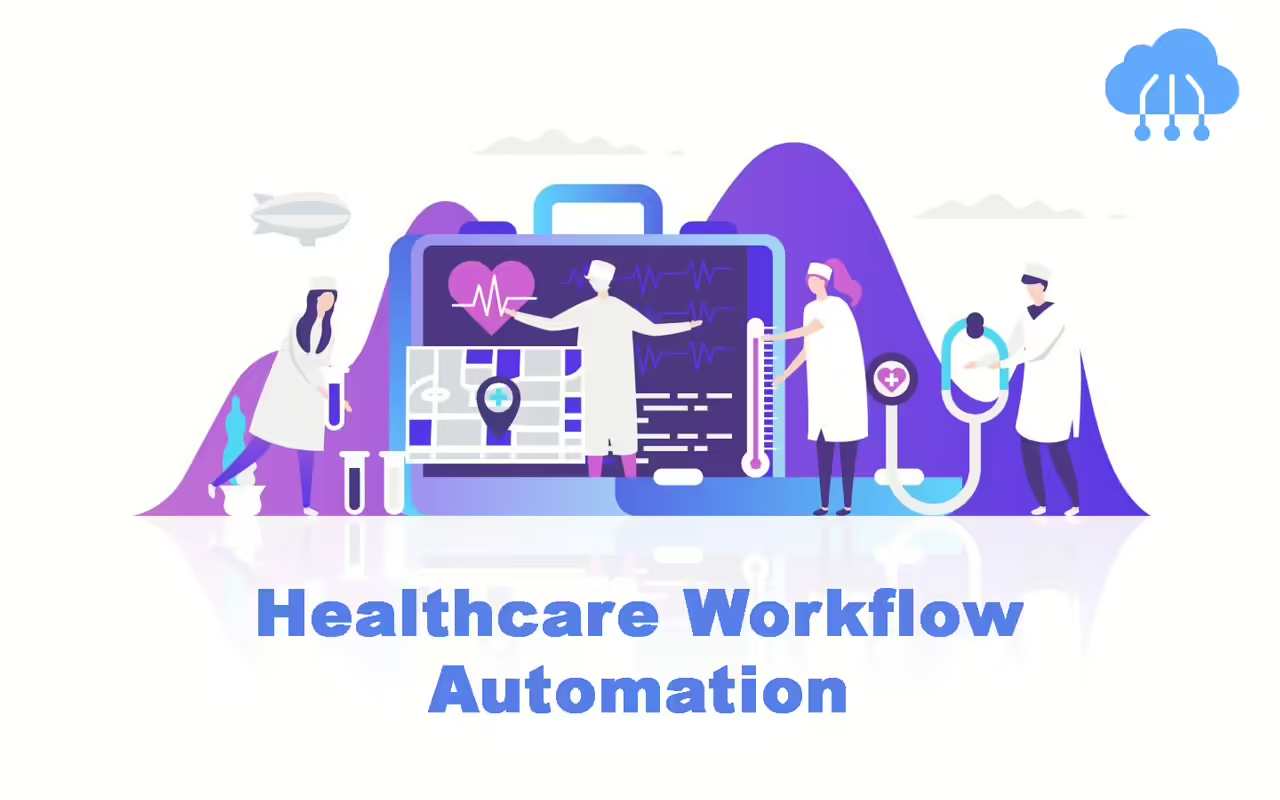
Automating healthcare processes means using technologies such as device integration, AI and the Internet of Things (IoT) to handle tasks that would normally be performed by human healthcare professionals. show manually. Applying automation to the healthcare sector improves efficiency, reduces risk, and even reduces costs in patient care.
For example, one of the new technologies that has made it easier for hospitals to track patient information is electronic health records. Additionally, advances in telemedicine and disease diagnostic tools such as imaging and genomics with the help of AI have made the care and treatment process better. These new technologies have contributed significantly to accelerating the pace of medical research and successfully delivering new treatments. They also make healthcare more accessible to people around the world.
Benefits of automation in the healthcare sector
There are many good things about using healthcare workflow automation. Here are some of the ways it can help:
- Get more done: Simple, everyday tasks are done quickly and correctly, so everyone can work better.
- Make fewer mistakes: Less work is done by hand, so there are fewer mistakes in important medical processes.
- Better patient care: Automation helps doctors and nurses make smarter treatment plans, leading to better care for patients.
- Faster information: Doctors and nurses can get patient information more quickly, making it easier to make decisions and give better care.
- Easier scheduling: Appointments are scheduled better, making things easier for everyone and keeping patients and staff happy.
- More security: Patient information is kept safe and private, following all the rules.
- Lower costs: Automation saves money by reducing the need for some manual work.
- Keep up with changes: New technologies help hospitals stay up-to-date with the latest rules and changes, making it easier to adapt and follow the rules.
What Are Tools Help Automation
New technology is changing healthcare and making it more digital. Here are some of the latest healthcare workflow automation tools that help automate tasks in healthcare:
- Electronic Health Records (EHR): These systems store patient information digitally. They keep records safe, make them easy to find, and let doctors and nurses share information easily.
- Robotic Process Automation (RPA): RPA is like a robot that does boring, repetitive tasks for healthcare workers. This helps them get more done and make fewer mistakes.
- Appointment Scheduling Software: This tool helps patients book appointments and makes it easier for doctors and nurses to manage their schedules. It also helps reduce wait times.
- EDI and HIE: These tools help different computer systems in healthcare share information easily and safely. This helps doctors and nurses work together, avoid doing the same tests twice, and have important medical information ready when they need it.
- IoT Devices and Wearables: These gadgets collect health information from patients in real time. This helps doctors keep an eye on their patients and make personalized decisions about their care.
Top 5 Healthcare Workflow Automation Examples

A good healthcare workflow doesn’t have any extra or slow steps. When healthcare organizations automate their workflows, they see lots of benefits like fewer mistakes, faster approvals, and consistent handling of data. Healthcare workflow automation is used to automate tasks like scheduling appointments, making reports, and updating medical records.
Here are a few examples of workflow automation in healthcare:
Maintain EHR
The biggest problem hospitals have without automation is keeping patients’ electronic health records (EHR) safe. Mistakes happen when staff type wrong information into EHR systems, which can lead to wrong diagnoses and mishandling of data.
This problem is worse if it breaks the rules set by the US government for using EHRs to share medical information. These rules are called “meaningful use”.
It’s very helpful to automate how hospitals use EHRs instead of just treating them like a storage space for patient history. For example, if a hospital automates the process between labs and EHRs, there’s less chance for mistakes. Healthcare workflow automation software can safely move test results to EHR systems over the internet. This helps doctors understand patients’ conditions and give them the right treatment.
Improve Help Desk Response Time
Using an app to automate your help desk processes means that your computers and other equipment will stay in good shape and won’t break down during emergencies. Someone in charge of the app can assign a problem ticket to the right person and send reminders to fix it quickly.
The help desk can also tag and prioritize tickets based on how urgent they are, and set up notifications to keep everyone in the loop. This helps you solve problems faster and avoid wasting time. You can use the same workflow to help your hospital’s IT department too.
Admission & Discharge of Patients
One important part of how hospitals work is getting approvals. Everything needs to be signed off by a doctor or someone in charge. But with paper forms, this can take a long time.
When things are automated, approvals happen right away. Doctors can use an app on their phones to quickly approve things, like when a patient can leave. These approvals are harder to fake and there’s a clear record of when they happened.
You can also automate the process of admitting new patients. This usually involves signing up, billing, and insurance. Automating this makes it faster and more reliable. All the different departments can work together smoothly, without anyone having to leave their desks.
Manage Employee List
Making schedules for hospital staff is a big job. Before, hospitals had to assign shifts on paper, which was hard work and often led to mistakes.
Now, there are new online tools that make schedules much easier and more accurate. But, these schedules still need to be approved by the managers. If you connect your scheduling tool with a workflow management tool, it’s easy to get approvals and let staff know their schedules right away.
Staff Onboarding
Finding the best people to work at a hospital is hard. But it’s even worse when you find great people, pay them well, and then it takes weeks for them to start working because of a long and messy onboarding process.
Instead, make a healthcare workflow automation system that keeps everyone updated and lets new staff fill out forms only once. This way, you can avoid mistakes and get new employees working faster.
Read more:





